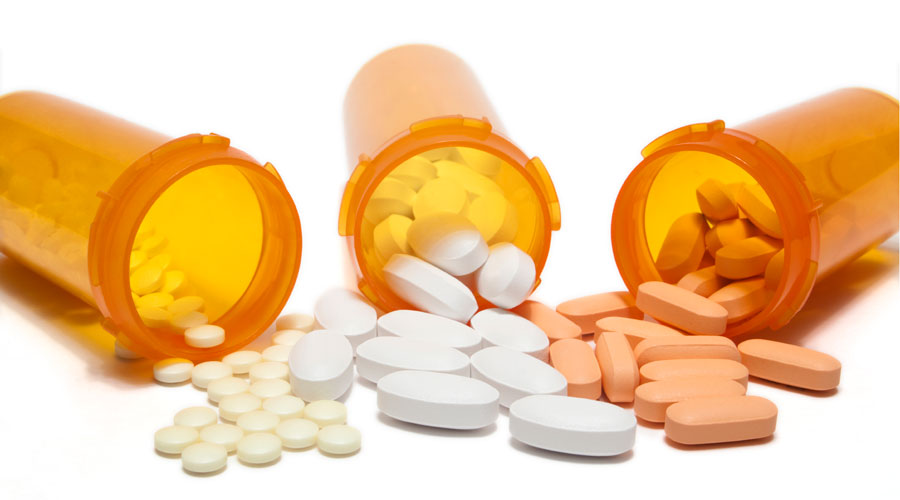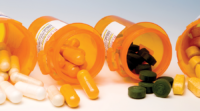An estimated 80 percent of all prescribed medications in the United States are for generic drugs. This percentage is expected to continue to rise as more brand name drugs lose their patents in the coming years.
A huge percentage of the active ingredients in generic drugs originate outside of the United States, namely in countries such as China or India. For the Federal Drug Administration (FDA) to monitor the hundreds of drug manufacturing centers requires substantial overhead and personnel.
Recent legislation by way of the Congressional and Executive reauthorization of the Prescription Drug User Fee Act (PDUFA) includes the Generic Drug User Fee Act (GDUFA) Amendment. This critically important piece of legislation is a meaningful opportunity to continue to develop the structure of prescription drug safety and quality in the United States.
Legislative results
Originally introduced in 1992 and passed in 1993, the Prescription Drug User Fee Act or PDUFA was created in response to drug companies’ frustrations over the long waiting periods they encountered during the FDA drug approvals. The administration was understaffed and underfunded and in turn, unable to handle the amount of drug reviews presented to them.
PDUFA authorizes the FDA to collect fees from the drug manufacturers that produce certain human drug and biological products. Since the initial passage of PDUFA, user fees have played an important role in expediting the drug approval process. An April 2012 Washington Post article reported that “the new funding stream from pharmaceuticals has reduced FDA drug review times by nearly half…the average approval time dropped from 27 months to 14 months.”
The annually collected monies under PDUFA are application fees, establishment fees and product fees. These user fees from the drug companies made up nearly 62 percent of the United States 2011 ‘drug budget’, which is approximately $931 billion dollars. To date in 2012, PDUFA user fees have provided $702 million to the FDA (less than 1% of the combined 2010 net profits of the top ten largest pharmaceutical companies), according to a study published by the Union of Concerned Scientists.
Signed on July 9, 2012, the fifth reauthorization of PDUFA, specifically in terms of the GDUFA Amendment, addresses the considerable regulatory challenges that new generic products have introduced into the healthcare industry. Concerns about foreign inspections and the rising number of ANDAs (Abbreviated New Drug Applications) are addressed.
In a testimony before a U.S. House of Representative’s subcommittee on health, Dr. Janet Woodcock, M.D., Director at the FDA’s Center for Drug Evaluation and Research through the Department of Health and Human Services stated that “The [GDUFA] proposal focuses on quality, access and transparency. Quality means ensuring that companies, foreign and domestic, that participate in the U.S. generic drug system are held to the same consistent high-quality standards and that their facilities are inspected biennially, using a risk-based approach, with foreign and domestic frequency parity.”
Quality of generics
Concerns about quality often touch on the tiny differences between generic and brand name drugs. The generic must be bioequivalent, which means that the generic drug must have the same active ingredient(s) as the brand-name drug (also known as bioequivalence), the same labeled strength, and the same dosage type (i.e.: pills, patches or liquids).
Bioequivalence can be measured in the time it takes for the generic drug to absorb into the bloodstream and the concentration of the active ingredients upon arrival. To pass FDA standards, “the generic version must deliver the same amount of active ingredients into a patient’s blood stream in the same amount of time as the pioneer drug.” However, the average difference in absorption into the body between the generic and the brand name is 3.5 percent.
While all generic products must pass rigorous FDA active ingredient requirements, generic drugs do not need to contain the same inactive ingredients as the brand name product they mimic. Patients who report experiencing negative side effects when they switch from brand to generic drugs or when their usual generic medication is switched out for a different manufacturer’s product may find that the issue is rooted in a difference in the binders, or inactive ingredients, used in the products manufacturing.
“Quality is important in any product one purchases for consumption but especially pharmaceuticals,” said Nick Smock, pharmacist and CEO of PBA Health. “Quality pharmaceuticals for a patient means the product will work in a similar fashion each and every time the medication is taken and look identical each time the prescription is refilled regarding, size, shape, and color.”
When you ensure that your pharmacy’s generic products are available and unchanging, you’re providing an important, high-quality element of service for your patients.












